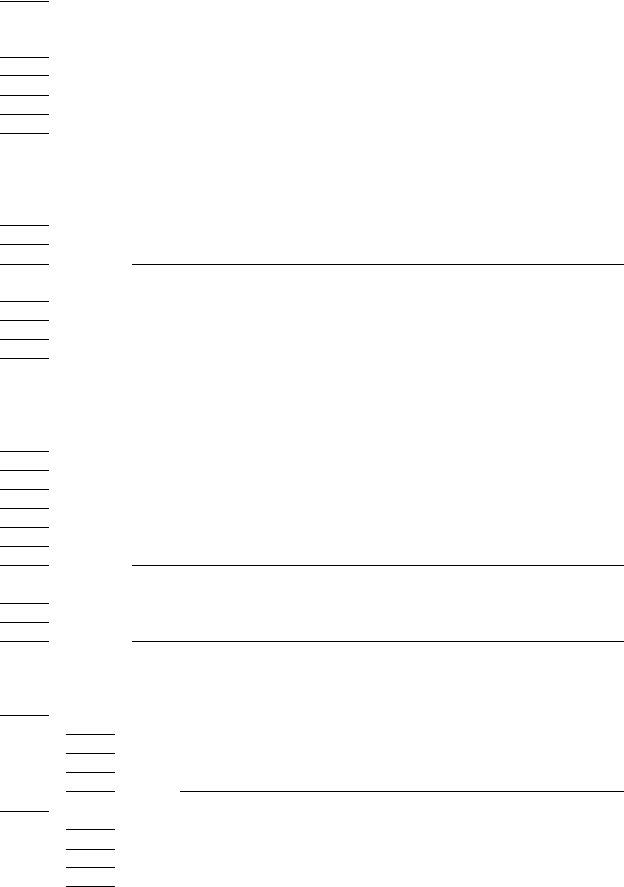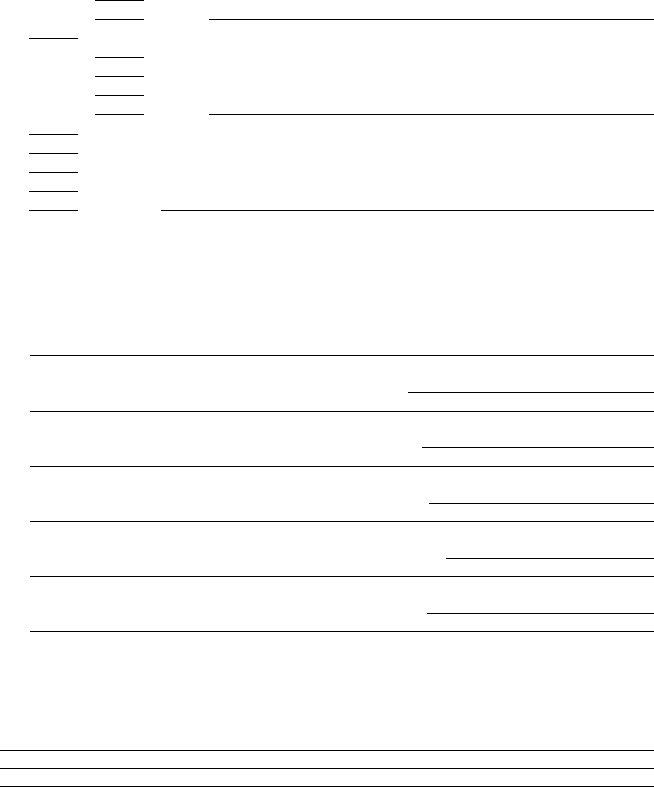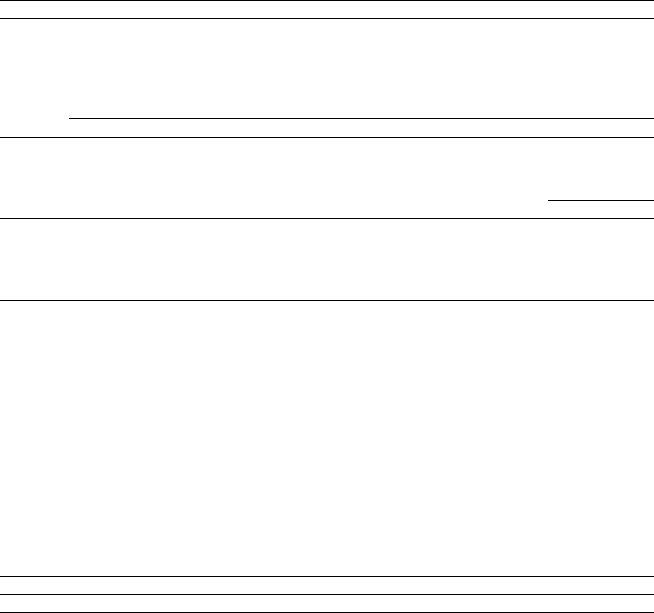In the realm of educational support, particularly for students who demonstrate exceptional needs, an indispensable tool utilized by educators is the Functional Behavior Assessment (FBA) form. Sourced from Ron Taylor's "Assessment of Exceptional Students, Fifth Edition," this comprehensive form is designed to dissect and analyze the multifaceted layers of student behavior in educational settings. By meticulously cataloging specifics such as the target behavior's frequency, settings, and timing, alongside the activities and individuals present, it affords educators a detailed overview of the context surrounding a behavior. It further delves into identifying triggers and aftermaths of these behaviors, ranging from teacher interactions to peer influences and environmental factors. The form not only captures immediate precipitators and reactions but also endeavors to uncover the underlying functions or purposes these behaviors serve, whether it be seeking attention, avoiding tasks, or expressing unmet needs. Following this in-depth analysis, the FBA form transitions into formulating hypotheses about the behavior's root causes. It sets the stage for creating tailored behavior intervention plans, focusing on preventing undesirable behaviors through strategic changes, teaching replacement behaviors, and identifying effective reinforcers. This meticulous approach, embedded within the Functional Behavior Assessment form, serves as a foundational step in developing informed, empathetic, and effective strategies for fostering positive behavioral changes and supporting students' holistic development.
| Question | Answer |
|---|---|
| Form Name | Functional Behavior Assessment Form |
| Form Length | 4 pages |
| Fillable? | No |
| Fillable fields | 0 |
| Avg. time to fill out | 1 min |
| Other names | FBA_Sample Assessment Ili behavior fillable worksheet form |

From Ron Taylor, Assessment of Exceptional Students, Fifth Edition. Copyright © 2000 by Allyn & Bacon. Used with permission. Further use of this material is prohibited without written permission from the publisher. The publisher’s website address is abacon.com/education/home.html.
Appendix D
Functional Behavior
Assessment Form
FUNCTIONAL BEHAVIOR ASSESSMENT
Part One: Assessing the Behavior
1.Specific Target Behavior (include topography; include frequency, duration, or intensity)
2.Setting(s) in Which Behavior Occurs
3.Activities during Which the Behavior Occurs
4.Time of Day Behavior Occurs
5.Person(s) Around Whom the Behavior Occurs
6.Factors That Appear to Set Off or Precede the Behavior
Teacher Factors
Task Explanation |
|
Performance Feedback |
|
Lesson Presentation |
|
Teacher Reprimand |
|
|
|||
Teacher Praise |
|
Individual Attention |
|
|
|||
Lack of Attention |
|
Task Demands |
|
|
|||
Teacher Request |
|
Consequence Imposed for Negative |
|
|
|||
|
|
|
Behavior |
Other |
|
|
|
|
|
|
|
Peer Factors
Peer Attention (Positive)
Peer Attention (Negative)
Other
1

From Ron Taylor, Assessment of Exceptional Students, Fifth Edition. Copyright © 2000 by Allyn & Bacon.
Setting Factors
Transition (Task; Routine) |
|
Transition (Setting; Routine) |
|
Transition (Task; Unexpected) |
|
Transition (Setting; Unexpected) |
|
|
|||
Elevated Noise Levels |
|
Presence of Unfamiliar Adults |
|
|
|||
Presence of Unfamiliar Peers |
|
|
|
|
|
||
Other |
|
|
|
|
|
|
|
7. Factors That Appear to Be Present When the Behavior Occurs
Student Factors
Drowsy/Sleepy Appearance |
|
Physical Complaints (e.g., hunger, pain) |
Disturbed Affect ( e.g., sad, angry) |
|
Excessive Motor Activity |
|
||
Other |
|
|
|
|
Setting Factors
Independent Seat Work |
|
Group Instruction |
|
Crowded Setting |
|
||
|
|||
Unstructured Setting |
|
Unstructured Activity |
|
|
|||
Other |
|
|
|
|
|
||
|
|
|
|
8. Factors That Appear to Follow the Behavior
Teacher Factors
Teacher Reprimand |
|
Teacher Praise |
Task Removal |
|
Withdrawal of Attention |
|
||
Teacher Warning |
|
|
|
||
Response Cost |
|
Sent to Office |
|
||
Communication with Parent |
|
Predetermined Contingency Imposed |
|
||
|
||
|
||
Other |
|
|
|
|
Peer Factors
Peer Attention (Positive)
Peer Attention (Negative)
Other
9. Behavioral Intent or Function(s) That the Behavior Appeared to Serve
Power Control
Over Teachers
Over Peers
Over Parents
Other
Escape/Avoidance
From an Activity/Task
From a Person
From the Classroom
From the School
2

From Ron Taylor, Assessment of Exceptional Students, Fifth Edition. Copyright © 2000 by Allyn & Bacon.
Other
Attention
Teacher
Peer
Parent
Other
Expression of Self
Gratification
Acceptance/Affiliation (More Formal Than Immediate Peer Attention)
Justice/Revenge
Other
Part Two: Formulation of Hypotheses
Based on Information from Part One:
1.What Appears to Be the Predominant Setting/Activity in Which the Behavior Occurs?
2.What Time(s) of Day Does the Behavior Typically Occur?
3.Around What Person(s) Does the Behavior Typically Occur?
4.What Seems to Immediately Precede or Set Off the Behavior?
5.What Seems to Be the Immediate Consequence of the Behavior?
6.What Function or Purpose Does the Behavior Seem to Serve?
Functional Hypothesis
Indicate both (a) the conditions in which the behavior occurs and (b) the function that the behavior seems to serve.
3

Part Three: Development of Behavior Intervention Plan
Prevention of Behavior
Based on the available information, list steps that could be taken to prevent the target behavior from occurring (e.g., avoidance of certain tasks and/or types of instructional delivery, searing arrangement)
Replacement Behavior
Based on the available information, what behavior needs to be taught to allow the student to have a successful adaptation (e.g. requesting assistance to replace tantruming as a means of gathering attention)
Identification of Reinforcers
List all reinforcers, including preferred activities that are appropriate for this student
Implementation of Behavior Intervention Plan
Goal
Prevention Strategies for Target Behavior
Strategy |
Date |
Person(s) Responsible |
Outcome |
|
|
|
|
|
|
|
|
Intervention Strategies for Replacement Behavior
Strategy |
Date |
Person(s) Responsible |
Outcome |
|
|
|
|
|
|
|
|
Criteria for Program Discontinuation
From Ron Taylor, Assessment of Exceptional Students, Fifth Edition. Copyright © 2000 by Allyn & Bacon. Used with permission. Further use of this material is prohibited without written permission from the publisher. The publisher’s website address is abacon.com/education/home.html.
4